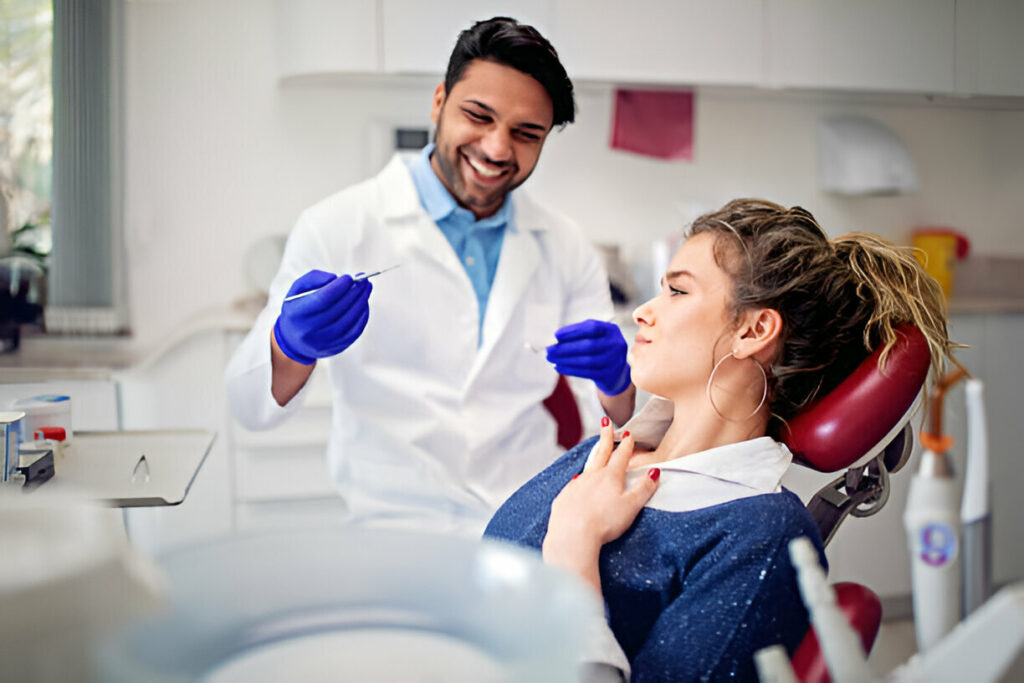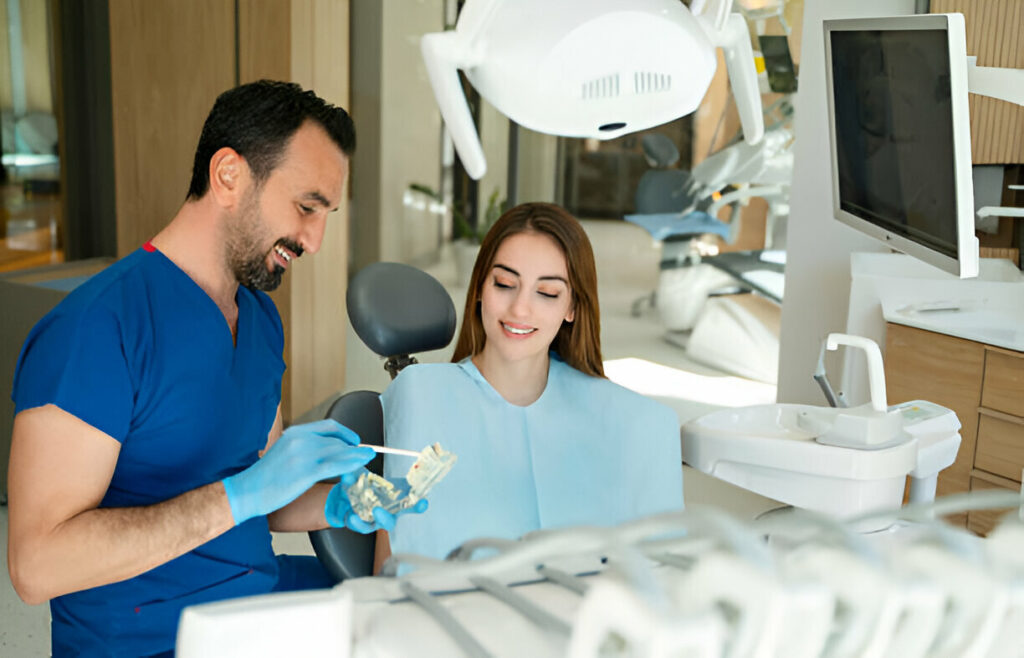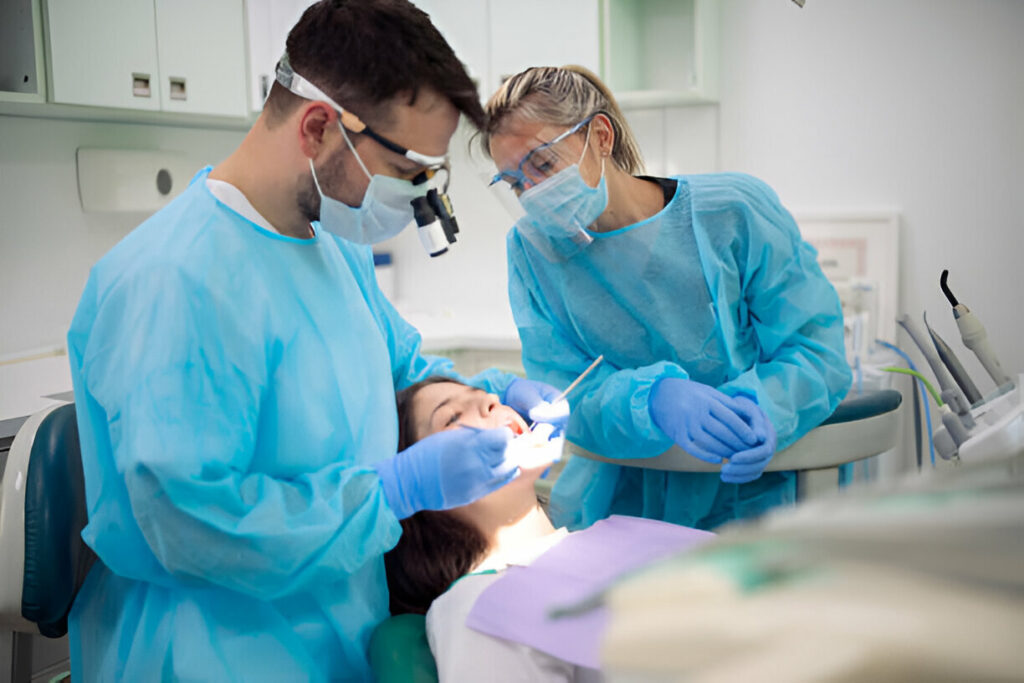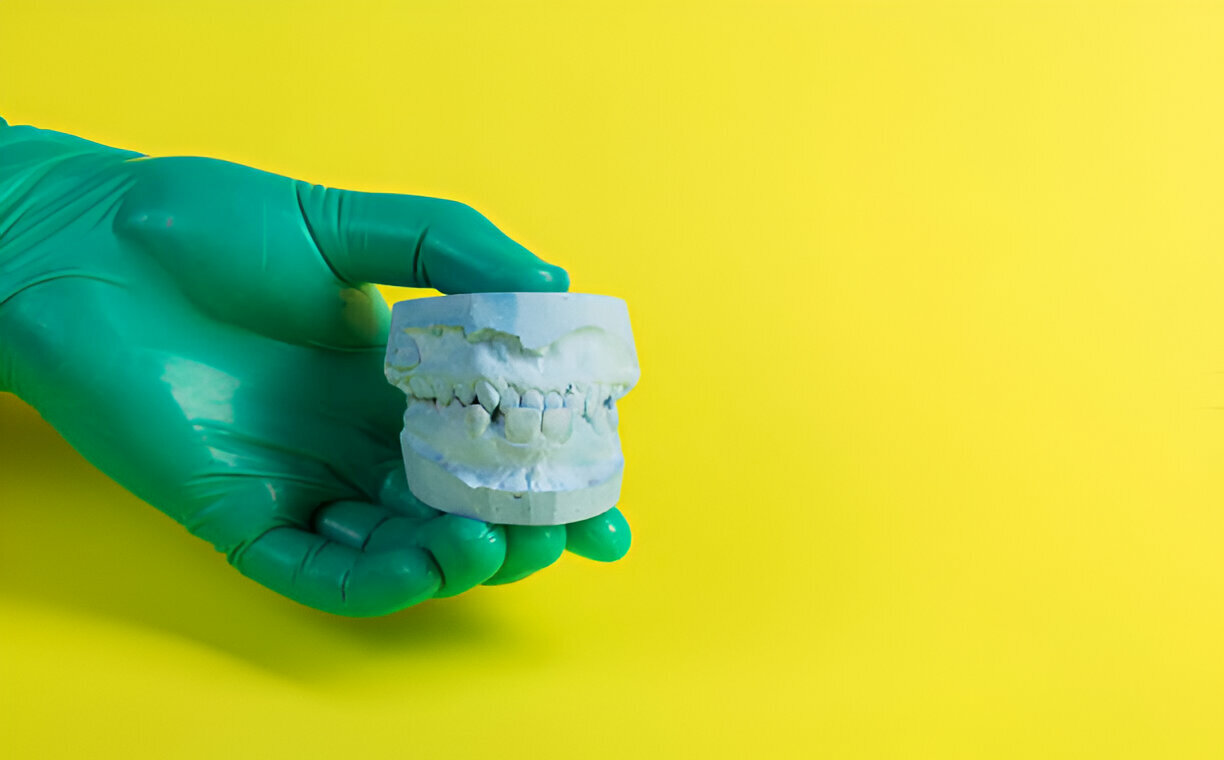Summary
Sound oral health isn’t limited to keeping teeth clean and cavity-free! You must also ensure that they are properly aligned throughout your life.
When left untreated, misaligned teeth can result in various jaw and mouth problems, including difficulty chewing and speaking. Fortunately, today, we have different orthodontic options to fix your smile and correct your bite issues.

Therefore, in this blog, we’ll examine different orthodontic options and understand various ways to fix them. So continue reading as we learn more about these problems in the following sections.
Common Orthodontic Problems & Their Solutions
Teeth Crowding
Teeth crowding is a typical orthodontic issue that develops when there is insufficient room in the mouth for all the teeth. It causes overlapping and twisting of your existing teeth, making it harder to clean your cavity correctly and increasing the risk of gum disease and dental decay.
Crowded teeth can sometimes be uncomfortable or painful, particularly while eating or speaking. Many individuals with overcrowded teeth may be self-conscious about their looks, resulting in low self-esteem and confidence issues.
The solution to Teeth Crowding
Today, various options are accessible to people suffering from tooth crowding. Braces are among the most efficient methods of addressing overcrowding because they progressively move the teeth into regular positions over time.
Another alternative is Invisalign, which are clear aligners that act like braces but are almost undetectable when worn. This gives patients the flexibility to go about their regular lives without feeling ashamed about the metal wires in their mouths.
Regardless of your approach, correcting crowded teeth early on is critical to avoiding further difficulties. Ensure you connect with your nearest dentist in Mississippi to get the ideal overcrowding treatment.
Overcorrecting Teeth
Overcorrecting is a typical orthodontic issue that develops when excessive pressure is applied to the teeth during treatment. This can cause teeth to be pulled excessively far or rotated out of their proper position, producing discomfort and cosmetic difficulties.
0000
Overcorrection is primarily caused by untrained orthodontists unfamiliar with adequate tooth movement procedures. Furthermore, it is common among patients who do not adhere to directions for good dental cleanliness and care during therapy may develop overcorrection.
Solution to Overcorrecting Teeth
Overcorrecting teeth can have serious long-term implications, including gum recession and root resorption. To avoid this issue, patients should seek the services of competent specialists who employ cutting-edge technologies like 3D imaging and Invisalign clear aligners.

Crossbite Teeth
Next, we have a crossbite, another common orthodontic problem among many individuals. It is a condition when your upper and lower teeth are misaligned. This may lead to issues such as uneven tooth wear, jaw discomfort, and trouble speaking or chewing.
Crossbites are primarily of two types: anterior and posterior.
An anterior crossbite occurs when the front teeth of the upper and lower jaws overlap. On the contrary, a posterior crossbite occurs when some or all of the rear teeth are misaligned.
Solution to Crossbite Teeth
Depending on the severity of the crossbite, there are several treatment options. The most popular forms of therapy are surgery, palatal expanders, retainers, clear aligners, and braces.
Do you have a crossbite? If so, it’s best to get expert assistance immediately from Albany Orthodontics professionals. We suggest visiting a dentist, which can lead to other severe dental issues, including tooth decay and gum disease. Correcting your bite will enhance your general dental health and your smile.
Impacted Teeth
Impacted teeth refer to teeth that either partially or entirely failed to erupt through the gums. Insufficient space within the mouth leads to impacted teeth. The new tooth becomes impacted under the gums because it lacks the space to develop. Although it can affect any type of tooth, wisdom teeth are the most frequently affected.
Some impacted teeth are only detected under X-rays; however, not all cause symptoms. Other instances might result in bleeding, swollen or red gums, poor breath, and a persistently terrible taste in the mouth. Since partially impacted teeth are more challenging to clean, cavities, infections, gum disease, and cysts can develop.
Solution for Impacted Teeth
There are numerous treatments for impacted teeth. If there are no symptoms, dentists will often check the tooth to see if there are any chances of symptoms developing over time.
If there are symptoms, eruption aids like braces can force the impacted tooth to develop. If the tooth is causing damage to the jaw and neighboring teeth, it must be surgically removed.
Other Orthodontic Options to Fix Your Smile
Orthodontic treatment options differ according to individual orthodontic problems of different patients. Here are some of the most popular orthodontic treatments:
- Braces: Braces are the most popular orthodontic treatment option, particularly for crowded or crooked teeth. They are designed using brackets affixed to the teeth and linked by wires.
- Invisalign: This popular alternative to conventional braces uses transparent aligners to correct teeth. The aligners may be removed for eating or brushing, making them more convenient than braces.
- Retainers: Your dentist may suggest you opt for retainers after completing orthodontic treatment. They help preserve the results obtained with braces or Invisalign.
- Headgear: Headgear is occasionally used with other orthodontic procedures to improve bite issues.
Note: It is essential to speak with an expert orthodontist who can assess your requirements and offer the best course of action for your or your child’s smile.

What Happens During An Initial Orthodontist Consultation?
A standard consultation is pretty simple—and, depending on the practice, you may undergo the entire process almost effortlessly!
When you visit with your orthodontist, you can discuss any concerns. We recommend you visit your dentist with numerous questions. After you’ve consulted with your orthodontist, they will examine your teeth, jaw, and oral tissues. They occasionally take pictures and panoramic X-rays to see what’s beneath your gums.
Once the orthodontist has completed their inspection, they will treat any concerns they may have discovered. If they decide you require further treatment, they will discuss your options, treatment costs, and payment methods.
Takeaway
- When left untreated, misaligned teeth can result in various jaw and mouth problems.
- Orthodontic treatment options differ according to individual orthodontic problems of different patients.
- Depending on the severity of the crossbite, there are several treatment options.
- An anterior crossbite occurs when the front teeth of the upper and lower jaws overlap.
- Overcorrection is primarily caused by untrained orthodontists unfamiliar with adequate tooth movement procedures.
- Don’t suffer at the hands of orthodontic issues! Connect with our experts at Rowan Family Dentistry today.

